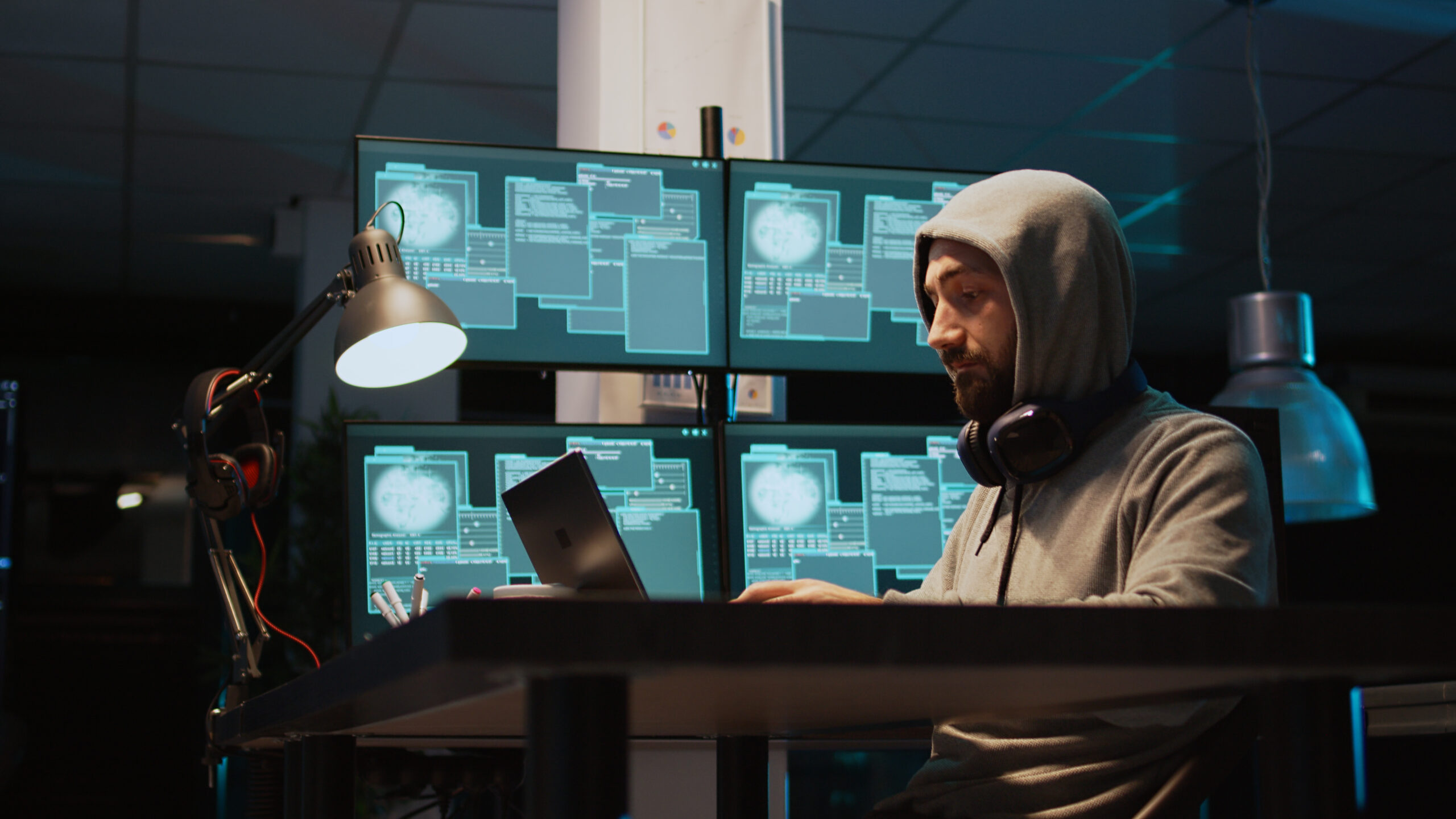Security Operations Centers (SOCs) are important for any business or organization that deals with sensitive information. A SOC is a central system that is used to watch and analyze events that have to do with security. In this blog post, we'll talk about what a SOC is, what it's good for, and what makes it unique. When you finish reading this post, you should know what a SOC is and how it can help protect your business or organization.
What is a Security Operations Center (SOC)?
A Security Operations Center (SOC) is an important part of the security infrastructure of any company. A SOC is made to keep an organization's network and assets safe by keeping an eye on them and managing their security. Having a SOC gives you better ways to find and respond to and stop threats. A well-run SOC can also help lower the risk of data breaches and other cybersecurity problems.
 A SOC is made up of many different parts, but here are some of the most important ones: There are things like intrusion detection systems (IDS), firewalls, network access controls (NAC), intrusion prevention systems (IPS), security baselines, incident response teams (IRT), and forensic analysts. To build a SOC that works well, it's important to know what each part does and how it should be set up.
A SOC is made up of many different parts, but here are some of the most important ones: There are things like intrusion detection systems (IDS), firewalls, network access controls (NAC), intrusion prevention systems (IPS), security baselines, incident response teams (IRT), and forensic analysts. To build a SOC that works well, it's important to know what each part does and how it should be set up.
Without a SOC, there is a big risk of being open to vulnerabilities. If an attacker knows about a weakness in your network or assets that aren’t being protected, they could use it to get into your data or systems. It's important to keep track of how well your organization is doing to ensure you're reducing risks as well as possible. You can measure your SOC's performance in several ways, such as by looking at event logs or Web application security scanning reports.
As time passes, we can expect more and more technologies to be used in a SOC setting. These include tools that use artificial intelligence (AI) to spot attacks or strange behavior, augmented reality technology for seeing signs of threats on mobile devices, and blockchain technology for keeping track of changes in who owns an asset. As new technologies emerge, the best ways to run a successful SOC will continue to change, so be sure to keep up with the latest trends.
What's good about having a SOC
As the world becomes more digital, it's important for organizations to have a strong security infrastructure in place. A Systems Operations Center (SOC) is an important part of this security infrastructure. It can give real-time visibility into the security of a network infrastructure. This makes it possible to triage, investigate, and respond to incidents faster. It can also help protect organizations from cyber threats.
A SOC can reduce an organization's risks by using strategies to find, respond to, and fix problems. For example, if you find malicious activity on your network, your SOC team will be able to stop traffic or block certain IP addresses as needed. This way, you can make sure that nothing bad happens while the investigation is going on.
Deep analytics are also possible with SOCs, which gives executives and managers more information about how their system is running. This lets them find problems early and decide how best to protect their organization based on what they know. Guided best practices can also be put in place, improving the system's overall security posture. Overall, having a SOC is a great way to protect your business from cyber threats.
Automating and integrating security to make it easier to manage
Cybersecurity is one of the most important things for companies of all sizes. Organizations must have systems and processes in place to protect themselves from cyberattacks, and security automation is one of the best ways to do this. Security automation gives you more protection and defense against cybercriminals and makes your security operations run more smoothly, so you make fewer mistakes. This improves the user experience and makes the site faster and more efficient. Also, automated security policies reduce the risk of not following the rules and improve security visibility so that threats can be found before they happen.
One of the best things about automated security is that it can be used with cloud-based apps to make things easier. By integrating with existing systems, you can avoid doing the same work twice and improve overall performance and efficiency. Also, automated policy enforcement lowers compliance risks and makes authentication and identity management more reliable. All of this makes the user experience better as a whole, which is important in today's digital world.
Main parts of a SOC
A SOC (state of the art) is an important part of your cybersecurity plan, and you should try putting it in place as soon as possible. A SOC can help you find threats and respond to them quickly. It can also help you keep an eye on your networks for signs of an attack and handle security incidents in a thorough way. Below, we'll talk about the most important parts of a SOC and give you some tips on how to set one up and use it in your business.
A SOC needs to be able to collect data and keep track of it. This process lets you get information from all of your organization's internal and external systems, so you can keep track of changes and spot anything that doesn't seem right. This information can then be used to help find threats, keep an eye on them, handle incidents, manage security configurations, and do other things.
Another important part of a SOC is that it can quickly find and respond to threats. With threat detection built into the system, it's easy to find out if someone is doing something bad on your network or system. You can then take action by installing security patches or blocking access to malicious domains or IP addresses. Continuous monitoring also lets you stay ahead of possible attacks by keeping an eye on how network traffic or system behavior changes.
SOCs are also made so that you can see more of your entire cybersecurity strategy. With built-in reporting features, you can easily see information about incidents, trends in data collection, security holes found by the system, and so on. This information can help you decide how to protect your organization from attack in the best way. Plus, advanced security analytics give you a deep look at how users interact with systems. This helps you understand how users act and improve your overall security posture.
In short, a Security Operations Center is an important part of the security infrastructure of any organization. The SOC has better ways to find, respond to, and fix problems, which can help lower the risk of data breaches and other cybersecurity problems. SOCs are also made to make security operations easier by automating and integrating them. The most important parts of a SOC are data collection and logging, threat detection, and response, visibility into all parts of an organization's cybersecurity strategy, and advanced security analytics.
The post Unique Features Of A Security Operations Center appeared first on https://gqcentral.co.uk






Comments are closed